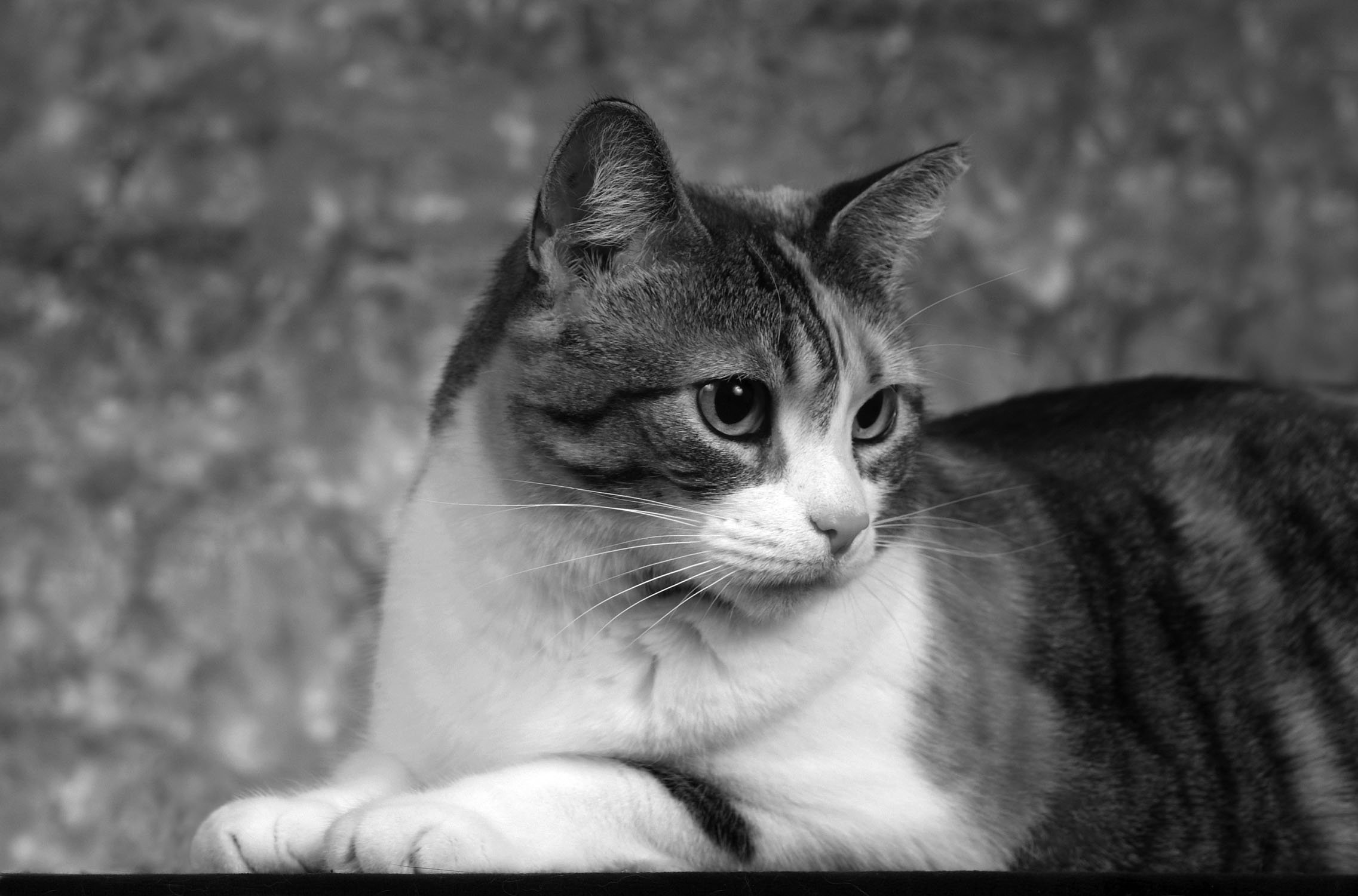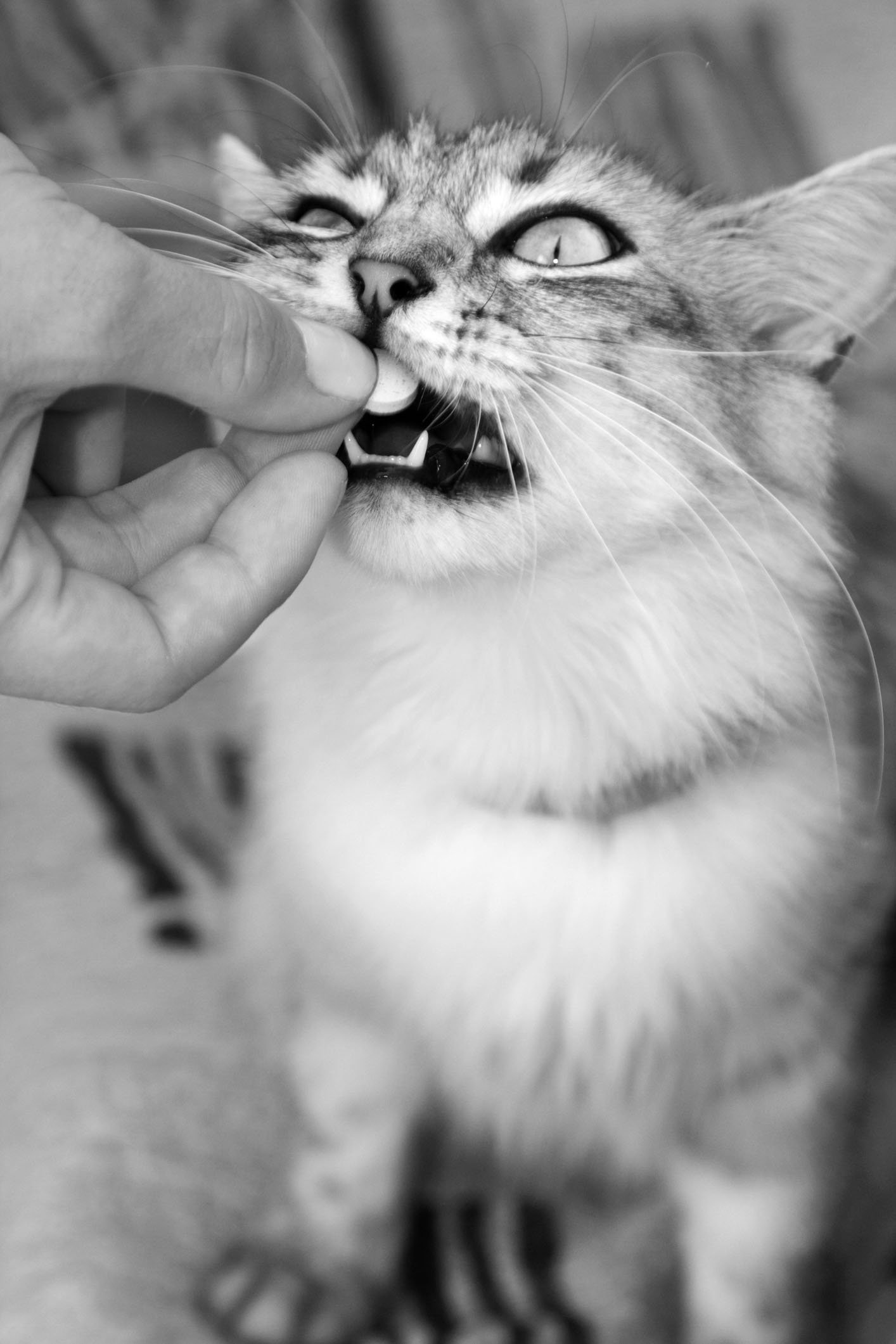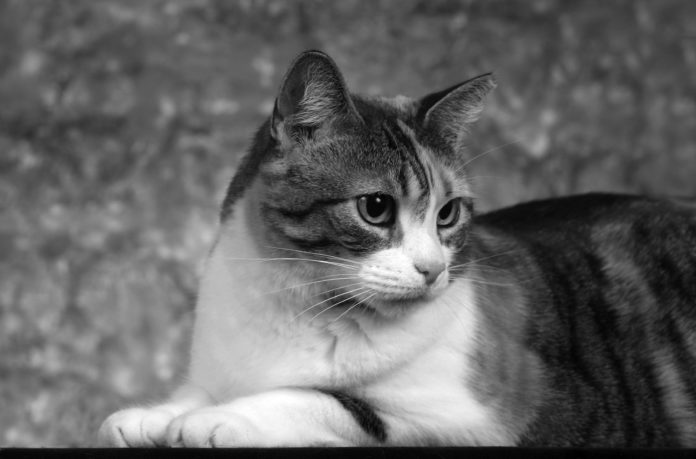
Q My 11-year-old domestic shorthaired cat was just diagnosed with hyperthyroidism, and we are trying to decide the best way to treat him. We’ve been told that he is otherwise healthy, and our veterinarian has told us about the possibility of radioiodine therapy, but we’re concerned about the effects of the radiation on him and our family. Do you have any advice on this issue?
A Thank you for getting in touch, and I’m glad to hear that your boy is healthy aside from his hyperthyroidism. There are risks and benefits to all therapeutic options, and weighing these is important in making decisions about which to choose. Other factors, including the overall health of the kitty, whether owners are willing/able to give medications regularly, and financial considerations, are also important. Perhaps a quick review of the treatment options for hyperthyroidism, a very common disease in cats, would be helpful.
Radioactive iodine therapy (RAIT) involves giving radioactive iodine as an injection. The iodine in this compound causes it to be absorbed into the thyroid gland, where iodine is normally required for the production of thyroid hormone. The radiation emitted by the radioiodine then destroys the abnormal, hyperactive thyroid tissue without damaging surrounding healthy tissue. RAIT is effective in approximately 95% of cases, and patients are essentially considered cured of their disease. RAIT is generally considered to be the treatment of choice in cats that do not have any contraindications for quarantine.
The benefits of RAIT are that it is highly effective, owners do not have to treat their cats, and it does not require anesthesia. The major risk of RAIT is that it requires quarantine for three to five days to allow the amount of radiation excreted by the cat to fall to acceptable levels. It’s important to note that if recommended protocols are followed, the risks from radiation to cats and owners following RAIT are minimal, but precautions must be adhered to carefully (this is why RAIT is only offered at specialty practices). Owners have to spend a considerable amount of money at one time for RAIT, but this cost may be reasonable compared to long-term medical or dietary therapy.
Anti-thyroid medications do not cure hyperthyroidim, but do control it. They are readily available, relatively inexpensive, and generally effective. They can be useful in cats where quarantine or financial considerations preclude RAIT. They usually require life-long oral administration, and some cats may experience side effects, including vomiting, anorexia, fever, anemia, and lethargy. These medications are also available in a gel that can be applied to the skin.
© Elenica | Dreamstime

Surgical removal of the thyroid glands has a good success rate in treating, and essentially curing, hyperthyroidism, thereby eliminating the need for long-term medication. It requires general anesthesia, though, which can be risky depending upon the overall health of the cat. Another risk associated with this option is inadvertent damage to the parathyroid glands, which are important for regulating blood calcium levels and lie close to the thyroid glands.
Recent evidence suggests that the use of an iodine-restricted diet can be an effective treatment for hyperthyroidism in cats. This is because iodine is essential for the production of thyroid hormone. Concerns regarding the effects of long-term iodine restriction on overall health have been raised by some, however; and in very rare cases, iodine restriction can actually induce hyperthyroidism. Continued research is warranted.
I hope that this is helpful, and I think that if your kitty is otherwise healthy, RAIT is probably a reasonable option to consider.
—Sincerely, Elizabeth



